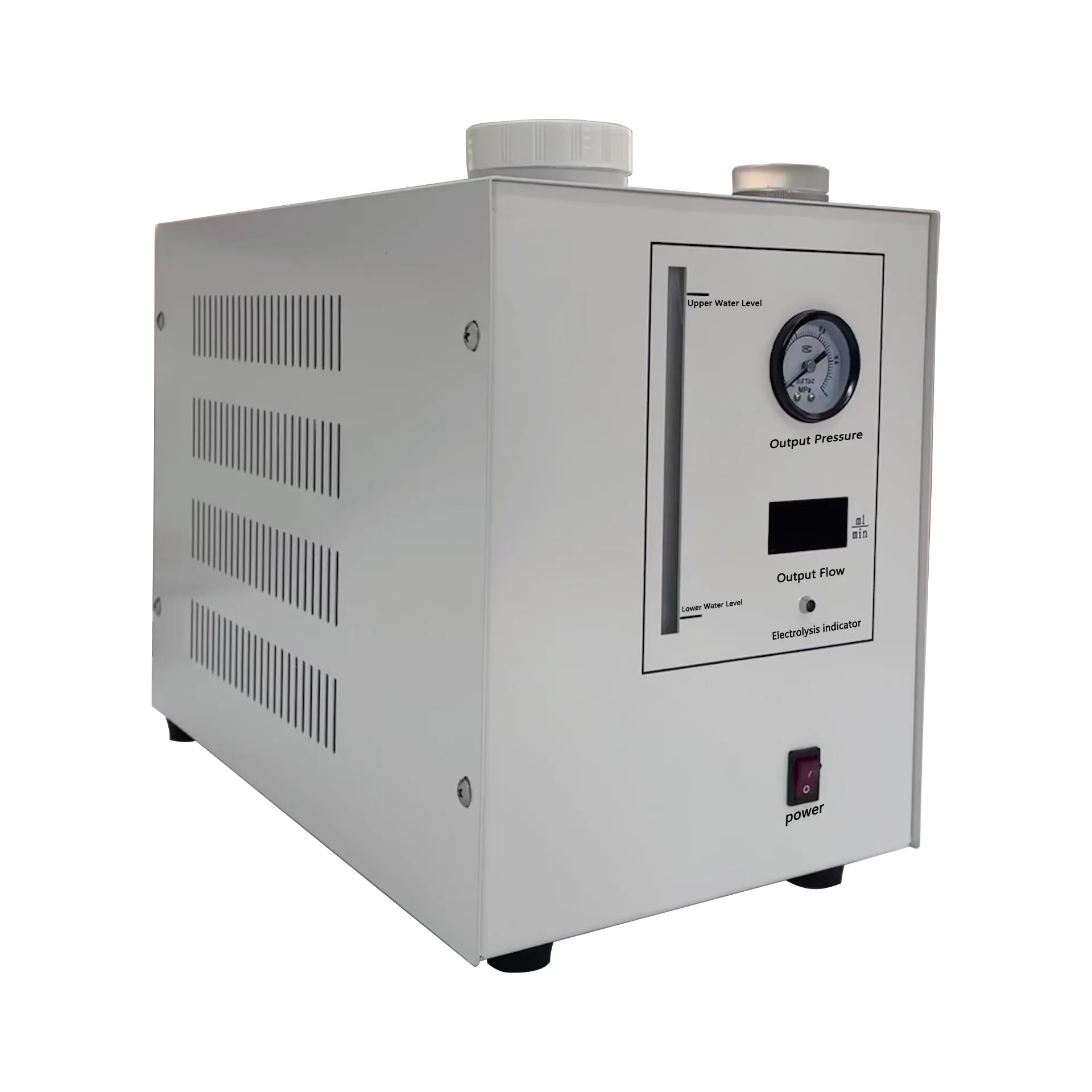TEL:
+86-0312-3189593
 English
English

Telephone:0312-3189593

Email:sales@oil-tester.com
2 月 . 12, 2025 08:53
Back to list
load test of a single phase transformer
Load testing a single-phase transformer is a crucial process that validates its operational efficiency and capability to handle specified loads without compromising performance or safety. This process not only ensures longevity but also guarantees that the transformer reliably supports electrical systems in various applications.
Efficiency assessment is central to understanding transformer's performance under load conditions. It involves calculating the ratio of output power to input power, accounting for losses such as copper loss (I²R loss) and iron loss (core loss). High efficiency is vital, as it means the transformer is effectively converting power with minimal waste. Executing a load test requires specialized equipment, including a load bank capable of simulating real electrical demands, meters to monitor current and voltage, and temperature sensors to track thermal output. Sophisticated testing setups might also employ software for real-time data analysis and logging, providing comprehensive insights into transformer performance under different loading scenarios. The expertise involved in load testing single-phase transformers is paramount. It requires a deep understanding of electrical engineering principles, detailed knowledge of transformer materials, and operational standards. Professionals conducting these tests must apply rigorous methodology, ensuring tests adhere to industry norms such as IEEE or IEC standards, which enhances the validity of results. Beyond expertise, maintaining credibility throughout the testing process involves transparent practices. This includes thoroughly documenting each step of the test procedure, recording data accurately, and providing clear, concise reports that interpret the findings. Such practices bolster trustworthiness, providing clients or end-users confidence in the transformer's capacity, reliability, and safety. In conclusion, load testing a single-phase transformer is a vital practice for ensuring optimal performance and reliability in electrical systems. By combining professional expertise with stringent testing protocols, the process not only identifies and mitigates potential issues but also validates the transformer's readiness to function efficiently under anticipated loads. Through careful planning, execution, and documentation, load testing serves as a critical component in the lifecycle management of transformers, ensuring they meet the high standards expected in modern electrical engineering applications.


Efficiency assessment is central to understanding transformer's performance under load conditions. It involves calculating the ratio of output power to input power, accounting for losses such as copper loss (I²R loss) and iron loss (core loss). High efficiency is vital, as it means the transformer is effectively converting power with minimal waste. Executing a load test requires specialized equipment, including a load bank capable of simulating real electrical demands, meters to monitor current and voltage, and temperature sensors to track thermal output. Sophisticated testing setups might also employ software for real-time data analysis and logging, providing comprehensive insights into transformer performance under different loading scenarios. The expertise involved in load testing single-phase transformers is paramount. It requires a deep understanding of electrical engineering principles, detailed knowledge of transformer materials, and operational standards. Professionals conducting these tests must apply rigorous methodology, ensuring tests adhere to industry norms such as IEEE or IEC standards, which enhances the validity of results. Beyond expertise, maintaining credibility throughout the testing process involves transparent practices. This includes thoroughly documenting each step of the test procedure, recording data accurately, and providing clear, concise reports that interpret the findings. Such practices bolster trustworthiness, providing clients or end-users confidence in the transformer's capacity, reliability, and safety. In conclusion, load testing a single-phase transformer is a vital practice for ensuring optimal performance and reliability in electrical systems. By combining professional expertise with stringent testing protocols, the process not only identifies and mitigates potential issues but also validates the transformer's readiness to function efficiently under anticipated loads. Through careful planning, execution, and documentation, load testing serves as a critical component in the lifecycle management of transformers, ensuring they meet the high standards expected in modern electrical engineering applications.
Previous:
Next:
Latest news
-
Differences between open cup flash point tester and closed cup flash point testerNewsOct.31,2024
-
The Reliable Load Tap ChangerNewsOct.23,2024
-
The Essential Guide to Hipot TestersNewsOct.23,2024
-
The Digital Insulation TesterNewsOct.23,2024
-
The Best Earth Loop Impedance Tester for SaleNewsOct.23,2024
-
Tan Delta Tester--The Essential Tool for Electrical Insulation TestingNewsOct.23,2024





